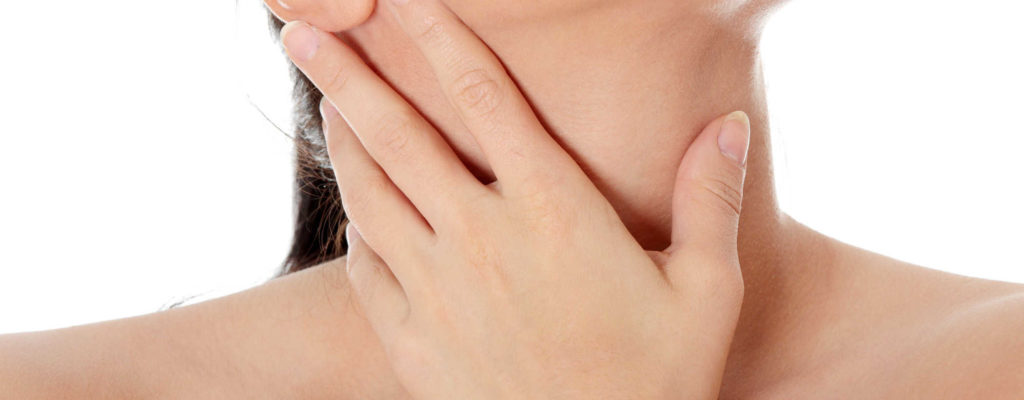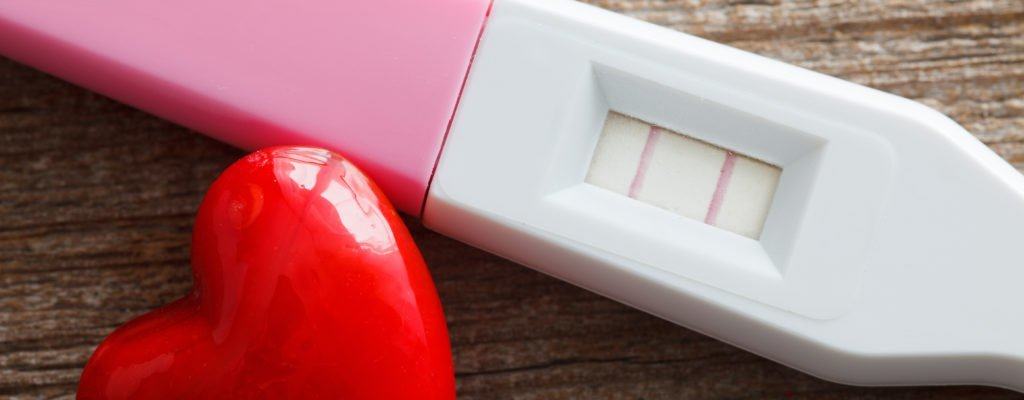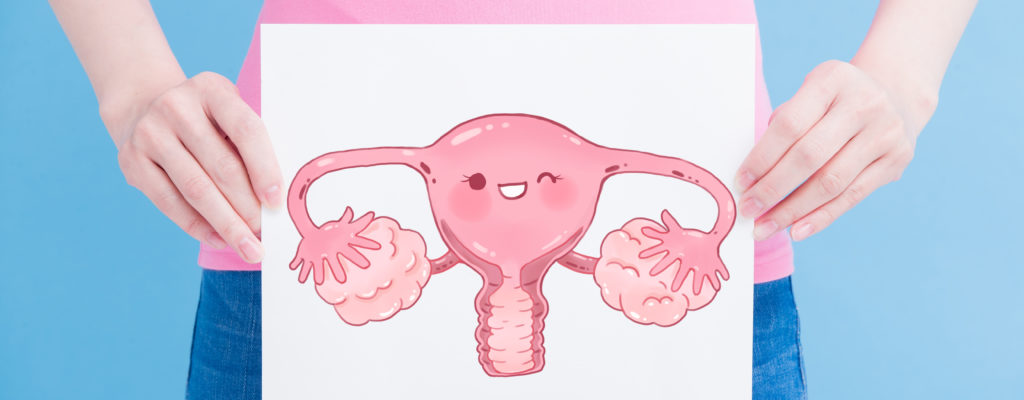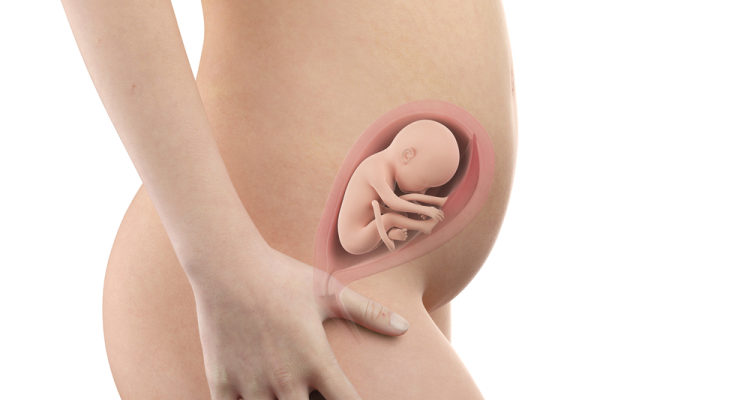The best time to try and try to conceive is during the "window of pregnancy" period of the menstrual cycle. Each woman will have a different time to conceive depending on the menstrual cycle.
For many women, when they are ready to be a mother, it is wonderful for them to calculate when they have the highest chance of conceiving. That will help them reduce stress and increase their chances of conceiving. Using your body's natural indicators, you can easily calculate this fertile moment, also known as the "fertility window".
What is the window of conception?
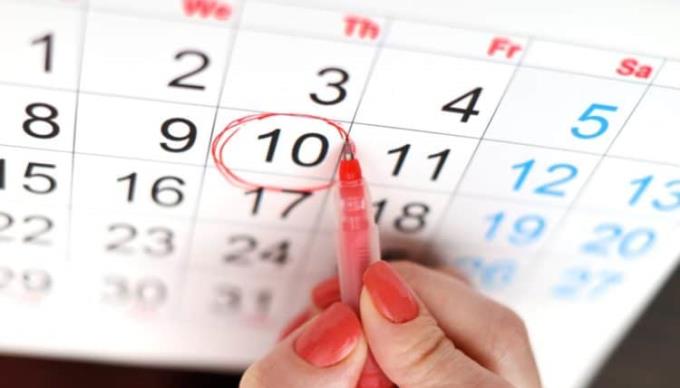
"The window of conception" is a term used to describe the days when you have the highest chance of getting pregnant.
Conception is a phenomenon that can only happen 5 days before ovulation until ovulation. These 6 days are known as the “window of conception” period in a woman's menstrual cycle . Experts say that the lifespan of eggs is only about 24 hours, while for sperm is about 5 days.
So if a woman has sex for 6 or more days before ovulation, the chance of getting pregnant is almost zero. If she had sex 5 days before ovulation, the probability of her pregnancy would be about 10%. The probability of pregnancy increases steadily up to 2 days before ovulation and on the day of ovulation.
When the "conception window" closes, the probability of pregnancy falls rapidly and a woman no longer has a chance of getting pregnant during that menstrual cycle. For women who know their "window of conception" period, it is advisable to have sex every 2 to 3 days to make it easier to conceive .
How to determine the window of conception
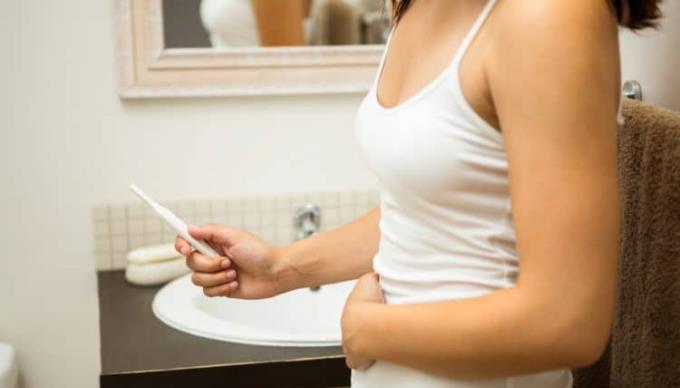
To determine your fertility window, you need to know when you ovulate. Ovulation is when an adult egg is released from the ovary, moves down the fallopian tube, waits in the fallopian tube, and is ready for fertilization.
You should keep an eye on your menstrual cycle to make it easier to pinpoint this point. Menstrual cycle is the number of days from the first day of the previous month's period to the first day of the next period. Typically this period will range from 23 to 35 days.
If you have irregular periods, or your menstrual cycle changes every month, it can be difficult to accurately calculate your ovulation date. At this point, performing a urine ovulation test or using an ovulation test can be very helpful. In addition, you should consider seeking further advice from your doctor or fertility specialist to get the most out of your health.
How to know when to ovulate
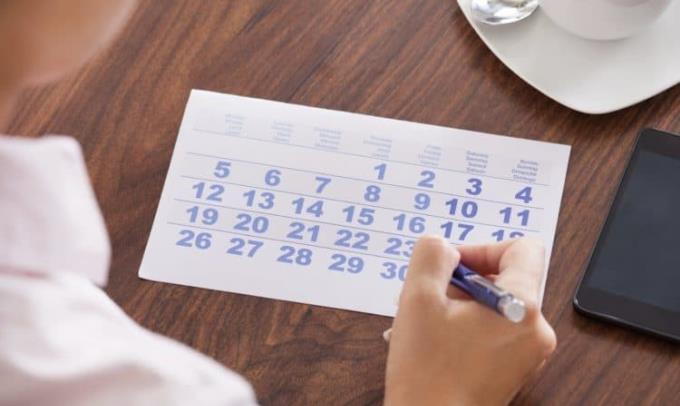
In addition to using fertility days , here are some easy signs to find when to find that period:
The days when you feel dry in your genitals and have little secretion from your cervix are usually the days when you have the lowest estrogen levels so your chances of getting pregnant are also very low;
A cervical discharge containing sticky, cloudy, or milky-colored substances is a sign of the beginning of a fertile period in your menstrual cycle. As your follicles grow larger, they produce a large amount of estrogen, making your cervical secretions more sensitive to sperm;
Clear, wet and slippery secretions from the cervix indicate that the window of conception has arrived. The secretions from the cervix will look like egg whites. This will allow sperm to swim through the cervix and into the woman's uterus more easily;
Thick and cloudy cervical secretions usually indicate that ovulation has occurred. During the first two or three days of a woman's menstrual cycle, a woman's chances of conception are now relatively low. After this time, a woman's menstrual cycle returns to the stage where conception cannot be performed .
Hope this will be useful information to bring a high chance of conception for women who are wishing to become a mother. Just calculate the "window of conception" period, having a baby is not out of control if you have sex during this time.





